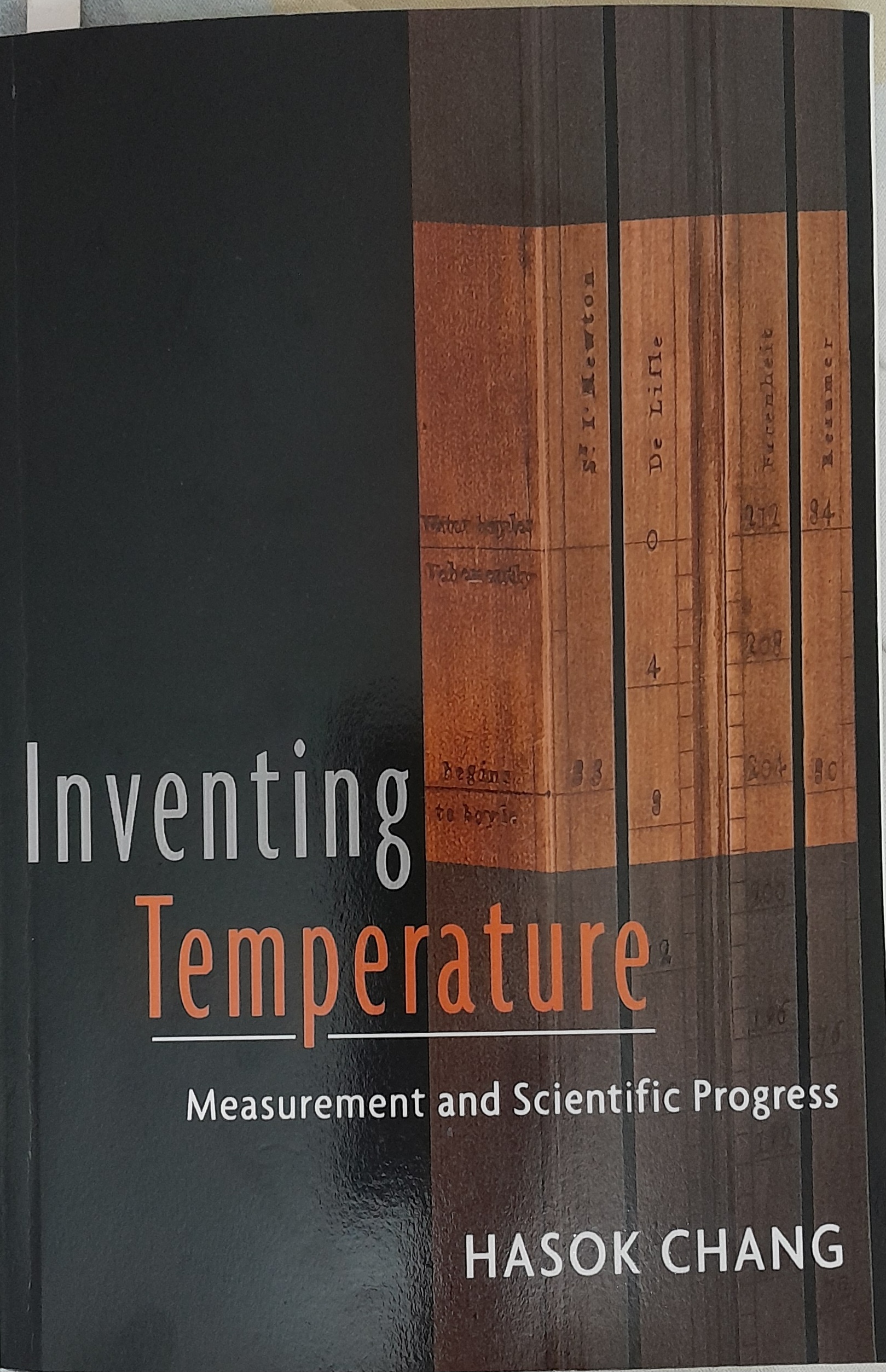Book Review: Inventing Temperature by Hasok Chang
August 23, 2025

Ever wondered why boiling water is 100°C and not some other number? Hasok Chang’s Inventing Temperature uncovers the surprising struggles behind something we now take for granted. From a flask shaken for a week, to frozen mercury in Canadian tundra, this is the story of quirky, frustrating, and ingenious experiments which gave us the standard thermometer which measured the temperature reliably. It’s part history, part philosophy, and surprisingly, a real page-turner.
Dip your hand into hot water and then cold, and you instantly feel the difference. This natural sense of hot and cold is as old as humanity itself. But can we measure it? Can we say precisely that a river is colder than the sea? The invention of the thermometer was the first step in answering such questions, and that’s where Hasok Chang begins his fascinating story.
To measure temperature consistently, scientists needed fixed points - conditions that would always give the same reading. Today, we rely on the boiling and freezing points of water, but for eighteenth-century Europe this was anything but obvious. Finding reliable fixed points proved to be a thorny problem.
Even with fixed points in place, further challenges appeared. Suppose you assign 0 and 100 to freezing and boiling water: how do you know the scale in between is linear? Does adding the same amount of heat always raise the temperature by the same amount? And if your heat comes from a coal fire or candle flame, how can you really ensure that you have added the same amount of heat?
Other obstacles followed. How do you measure temperatures so low that mercury itself freezes? Or, so high that it vaporises?
It is astonishing how such a simple instrument generated centuries of deep scientific puzzles. Equally striking is how scientists persisted, experimented, debated and eventually solved them.
Chang calls his work "complementary science", a unique mix of history, philosophy, and the study of how knowledge itself is acquired (i.e. epistemology). Remarkably, despite the weighty subject, and philosophical explanations, the book reads with the energy and suspense of a novel.
This book will appeal to two kinds of readers. First, anyone curious about the history of ideas and the nature of scientific progress. Second, anyone interested in problem-solving, for it shows brilliantly how humans tackle daunting questions with creativity, persistence, and sheer ingenuity.